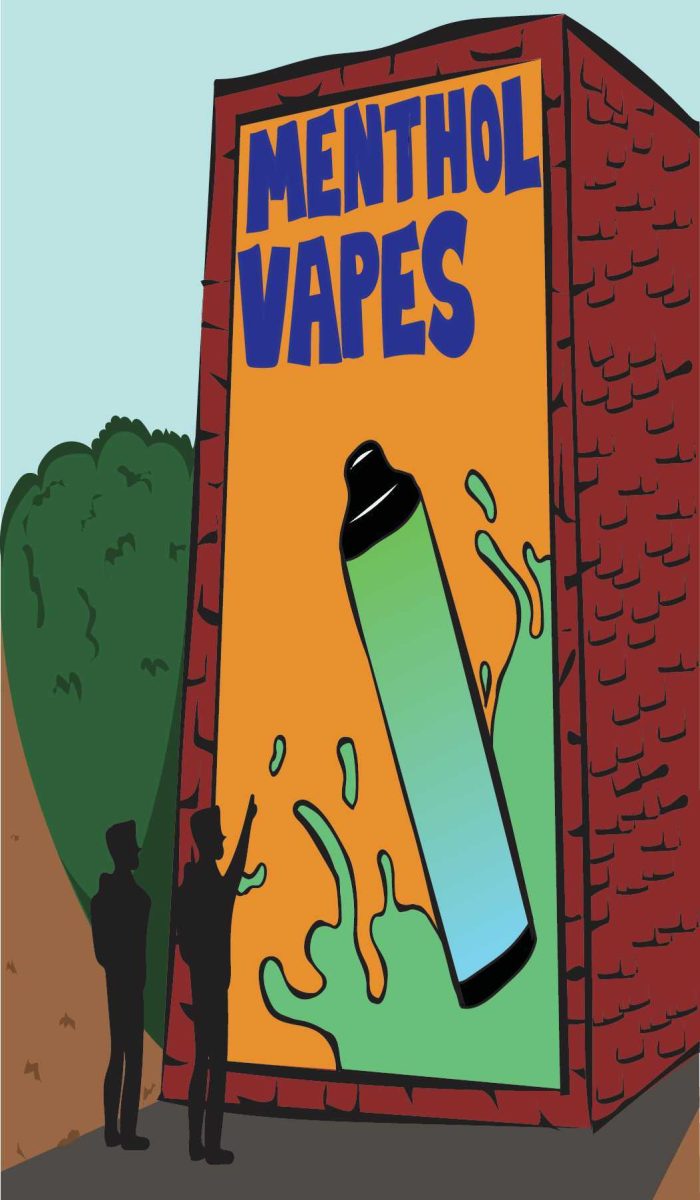In cities across the country, from Jackson, Mississippi, to Baltimore, Maryland, and Flint, Michigan, there have been boil water notices following major malfunctions affecting the water supply and creating a crisis.
The rising population and decreasing precipitation rate are causing a water shortage, and the contaminated water is already in circulation as Americans tend to be unaware of the impending crisis. According to The New Humanitarian, less than one-fourth of Americans could correctly identify where their water came from. In the last two years, San Marcos has seen multiple boil water notices, one in February of 2021 due to a drop in water pressure and the other in November of 2020 after a major city water main was damaged during construction.
These crises happen out of nowhere, and communities can remain negligent and unprepared. Making sure that our local community does not end up as either is vital in saving time, money and infrastructure.
The Flint, Michigan, crisis has subsided, but it took years to fix. As residents look to go back to normal, the city is still looking to advance past another avoidable crisis. Preparing ahead of time and ensuring that resources are in place can help avoid such hardship.
In April of 2014, the Flint, Michigan, residents began to drink water from the Flint River rather than the water from Detroit. In June, the water began to smell, taste and look strange. Residents were unaware that the city had changed its water source, causing them to be without clean water for nearly half a decade.
The state would stop handing out water in April 2018 after two years of test results showing lead levels dropping. But there were still lead pipes which, after a 2019 agreement, would help speed up the replacement process.
Four years after the crisis began, the city began to recover and is still bouncing back. The damage was so severe that the inspector general strengthened oversight of the Environmental Protection Agency (EPA) of state drinking water programs. After such a nationally recognized debacle, the rest of the country should be aware of the struggles of not having the proper infrastructure.
The newly strengthened EPA urged states after the infrastructure bill passed in 2021 to invest $7 billion in new federal water infrastructure funding, especially in underserved communities.
Although, there was no guarantee that the funding would reach the 153,701 in the underserved city of Jackson, Mississippi, who saw the warning signs prior and were still left suffering after the crisis hit their community.
This catastrophe led to students going virtual, lines of cars waiting to get cases of water and running out of said bottled water.
As much as the politicians pander to those who hate paying taxes, the funds they accumulate help avoid these crises that cost more. According to CNN, Jackson’s mayor Chokwe Antar Lumumba said it would cost $2 billion to repair and replace the outdated system with too much lead in its water. In Flint, the treatment chemical that would have treated the water, so it was safe would cost $80 to $100 a day.
As hard as it is to believe for many Americans, millions in this country are without running water or drinking contaminated water.
In a report by the U.S. Water Alliance, in collaboration with Dig Deep, they determined that two million Americans do not have running water. This is troubling because of the many benefits of clean water. According to Medical News Today, drinking water has numerous health benefits, including reducing joint pain, avoiding dehydration and preventing kidney damage.
The U.S. Water Alliance study also found that 44 million rely on water sources that violate the Safe Drinking Water Act. These water sources can give a person dangerous diseases like lead poisoning, salmonellosis or typhoid.
We need to invest in water to curb the U.S. water crisis. At the same time, we must ensure that local politicians utilize the funds to create better water infrastructure. Unfortunately, San Marcos is equally vulnerable to underfunding as a majority-minority community.
The city does release water quality reports outlining not only the list of contaminants but also documents explaining where they get the water. These annual reports can be studied but also need to be done more often because of the volatility of the water crisis. According to World Population Review, San Marcos is also exposed to a growing population, at an annual rate of 3.25%, a reason to be concerned about running out of supply.
Water is an issue that can quickly be glanced over as something people may not be dealing with right now. It is not affecting you or anyone around you, so maybe we should focus on other infrastructure issues.
However, the right to clean water should be a human right. Investing in it will prevent time-consuming disasters, save finances and create long-lasting infrastructure.
– Dillon Strine is a journalism senior
The University Star welcomes Letters to the Editor from its readers. All submissions are reviewed and considered by the Editor-in-Chief and Opinions Editor for publication. Not all letters are guaranteed for publication.
Opinion: We need to invest in water infrastructure
September 16, 2022
Donate to The University Star
Your donation will support the student journalists of Texas State University. Your contribution will allow us to purchase equipment and cover our annual website hosting costs.

























